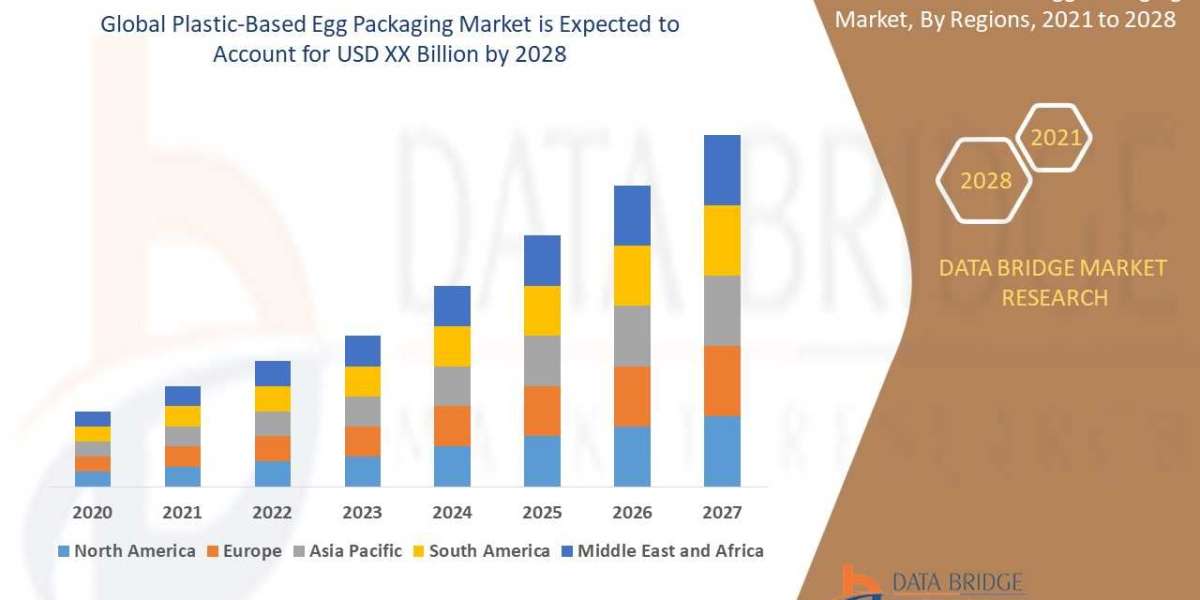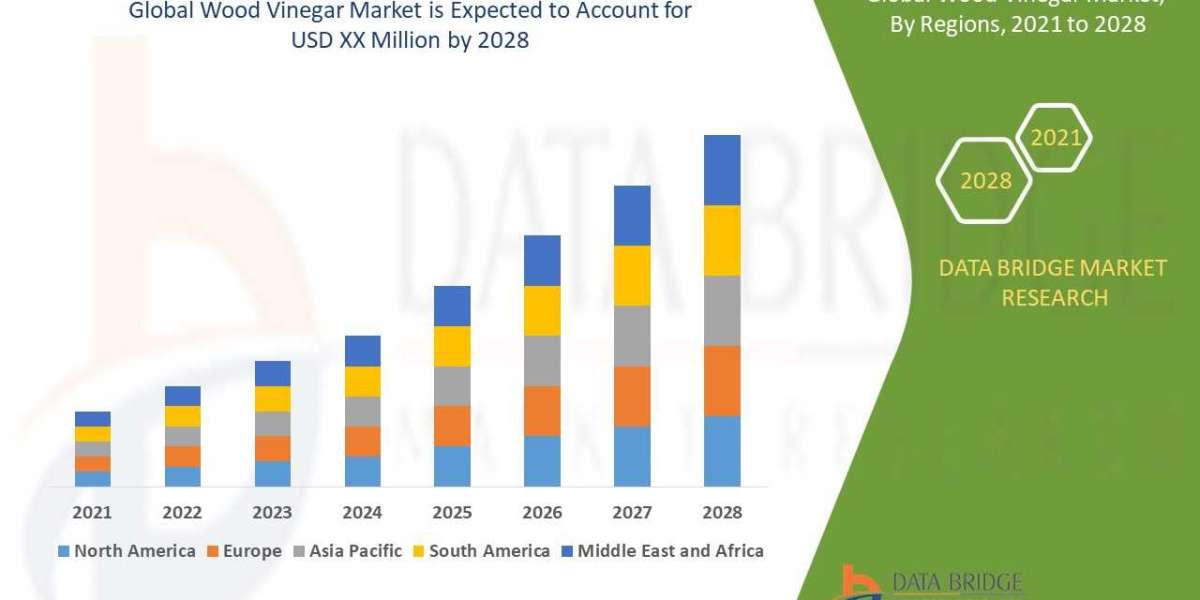In the world of stock trading, having accurate and timely market data is crucial for making informed decisions. With the rise of financial technology, stock data APIs have become an essential tool for investors, traders, and developers looking to analyze stock performance. However, when it comes to selecting a Market data , users often face the choice between free and paid options. Both types have their advantages and limitations, but which one delivers the best market insights? Let's dive into the pros and cons of free vs. paid Market data and see which option is best for your needs.
Understanding Stock Data APIs
Before we compare free and paid stock Market data api , let's first understand what they are. A stock data API provides real-time or historical data about the stock market, including stock prices, trading volumes, and other financial metrics. These APIs are typically used by traders, investors, and financial platforms to pull up-to-date information for analysis, algorithmic trading, or portfolio management.
Free Stock Data APIs: Benefits and Limitations
Free stock data APIs can be a great starting point for individual investors or hobbyists who want access to stock market data without the cost. Here are the key benefits:
1. Cost-Free Access
The most obvious advantage of free stock data APIs is that they are, well, free! Many developers and small traders use these APIs to get basic market data for their applications or analyses without spending money. This makes them perfect for beginners or those just testing the waters.
2. Basic Data Availability
Free Market data often provide essential information like real-time stock prices, trading volumes, and historical data. While they may not offer all the bells and whistles of paid services, they cover the basics needed for basic analysis.
3. Simplicity
Free APIs tend to be simpler and easier to integrate. Since they are generally designed for less complex use cases, developers can quickly implement them without a steep learning curve.
Limitations of Free Stock Data APIs
While free APIs are useful, they come with their own set of challenges:
- Limited Data Access: Free APIs may only provide limited data sets or delayed information. Some may only offer data with a 15-minute delay, which can be a significant disadvantage for active traders.
- Lower Reliability: Free APIs may experience downtime or have restrictions on how many requests you can make within a certain time frame. This can limit their usefulness for applications that require constant or real-time data.
- Lack of Advanced Features: Free APIs often don’t come with advanced features such as technical analysis indicators, news updates, or complex data visualizations.
Paid Stock Data APIs: Advantages for Serious Traders
Paid stock data APIs provide a more comprehensive and reliable source of market insights. While they come with a price tag, they are favored by professional traders and investors who need access to high-quality, real-time data. Here's why:
1. Real-Time Data and Accuracy
Paid Market data typically offer real-time data with no delays. For traders making split-second decisions, this can be a huge advantage. The accuracy and timeliness of the data can directly affect trading strategies and outcomes.
2. More Comprehensive Data
Paid APIs often provide access to more in-depth market data, including historical data, fundamental and technical analysis tools, earnings reports, and even stock market sentiment. These additional data points can be essential for making informed decisions.
3. Higher Reliability and Support
With paid APIs, users often enjoy higher uptime, faster response times, and better customer support. This is crucial for businesses or traders who rely on constant access to data without disruptions.
4. Advanced Features
Paid Market data often come with advanced features like algorithmic trading support, custom indicators, and even integration with other financial services like news feeds or analysis tools. These features can help professional traders build sophisticated trading strategies and improve decision-making.
Drawbacks of Paid Stock Data APIs
Despite the clear advantages, there are a few downsides to consider:
- Cost: The primary disadvantage of paid APIs is the cost. For individual investors or smaller firms, paying for an API might not be worth it unless they truly need the advanced data and reliability it offers.
- Complexity: With more features comes more complexity. Developers and users may need more time and effort to learn how to properly use the advanced features that paid APIs offer.
Free vs. Paid Stock Data API: Which One Should You Choose?
Choosing between a free and a paid stock data API depends on your needs and resources. Here are some considerations:
- If You're a Beginner or Hobbyist: Free Market data are a great way to get started without committing to a financial investment. If you only need basic stock information and aren’t trading actively, a free API may be sufficient.
- If You're a Professional Trader or Business: Paid stock market data APIs are often a better choice for anyone who relies on real-time, accurate data to make quick trading decisions. The advanced features, reliability, and comprehensive data sets are invaluable for professionals.
- If You Need More Features: If your analysis or trading strategy requires specific technical indicators, multiple data sources, or a high level of accuracy, paid stock APIs are the way to go.
FAQs
1. What is the difference between real-time and delayed data in stock data APIs?
Real-time data is provided instantly, with no delay, which is crucial for active traders. Delayed data, on the other hand, can be up to 15 minutes behind, which may not be accurate enough for day traders.
2. Are there any free stock data APIs that offer real-time data?
Yes, some free APIs provide real-time data, but there may be limitations on the number of requests or the accuracy of the data. It's important to check the API's documentation for details.
3. Can I use both free and paid stock data API together?
Yes, some developers use a combination of both. For example, they may use a free API for basic data and a paid API for more advanced, real-time features.
4. How much do paid stock data API cost?
The cost of paid Market data varies widely depending on the provider and the features included. Prices can range from $50 to $500 per month, depending on the level of data and support.
Conclusion
Both free and paid Market data have their place in the world of stock market analysis. Free APIs can serve as a great starting point for hobbyists and beginners who don’t need advanced data. However, for professional traders who require real-time data, higher reliability, and advanced features, paid stock Market data API are the better option. Ultimately, the choice depends on your specific needs, trading strategy, and budget.














